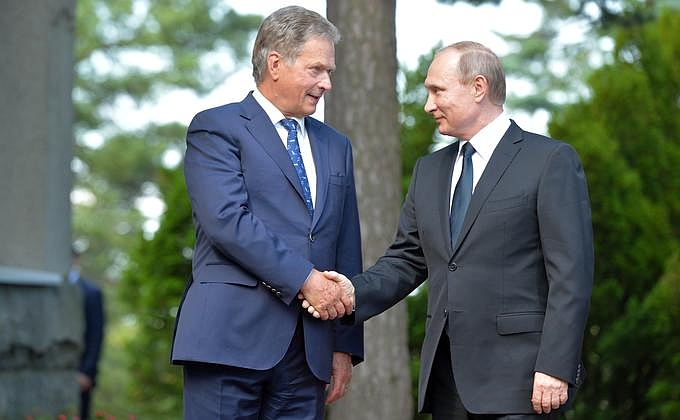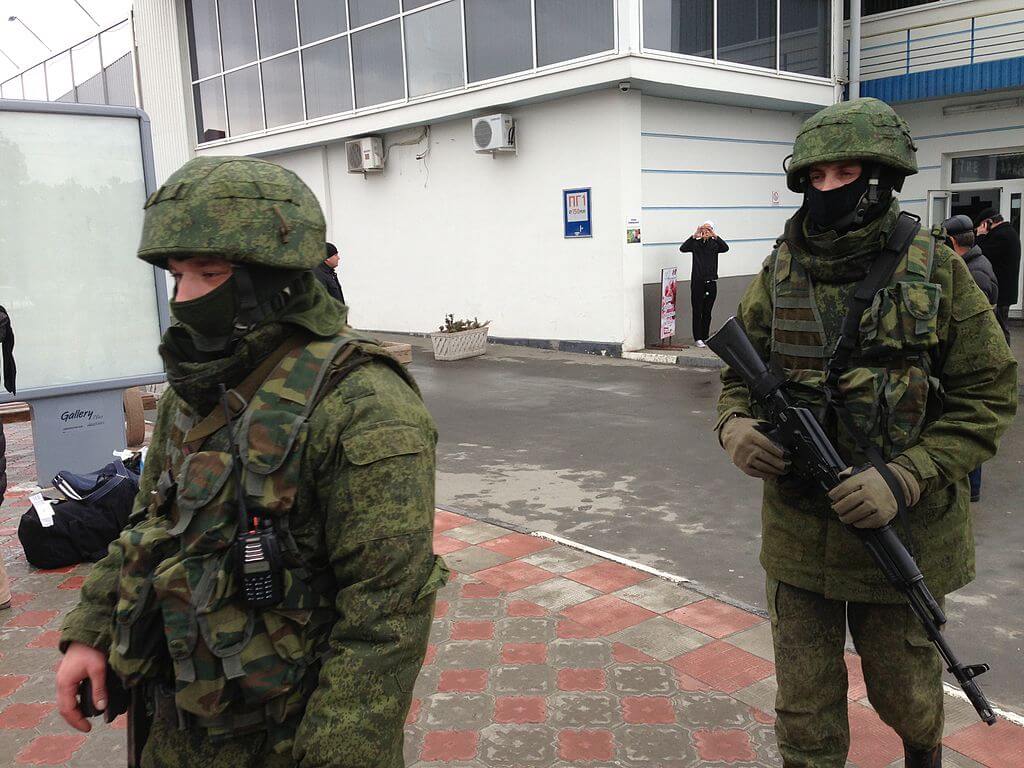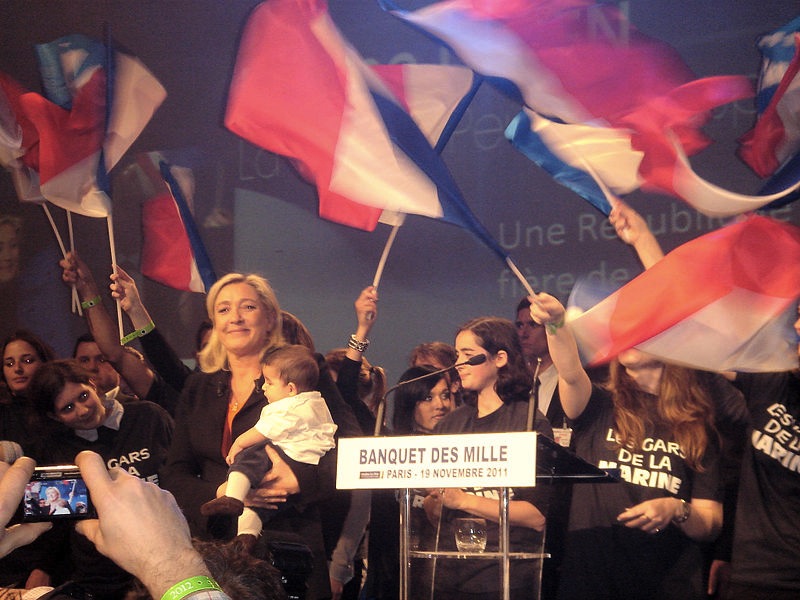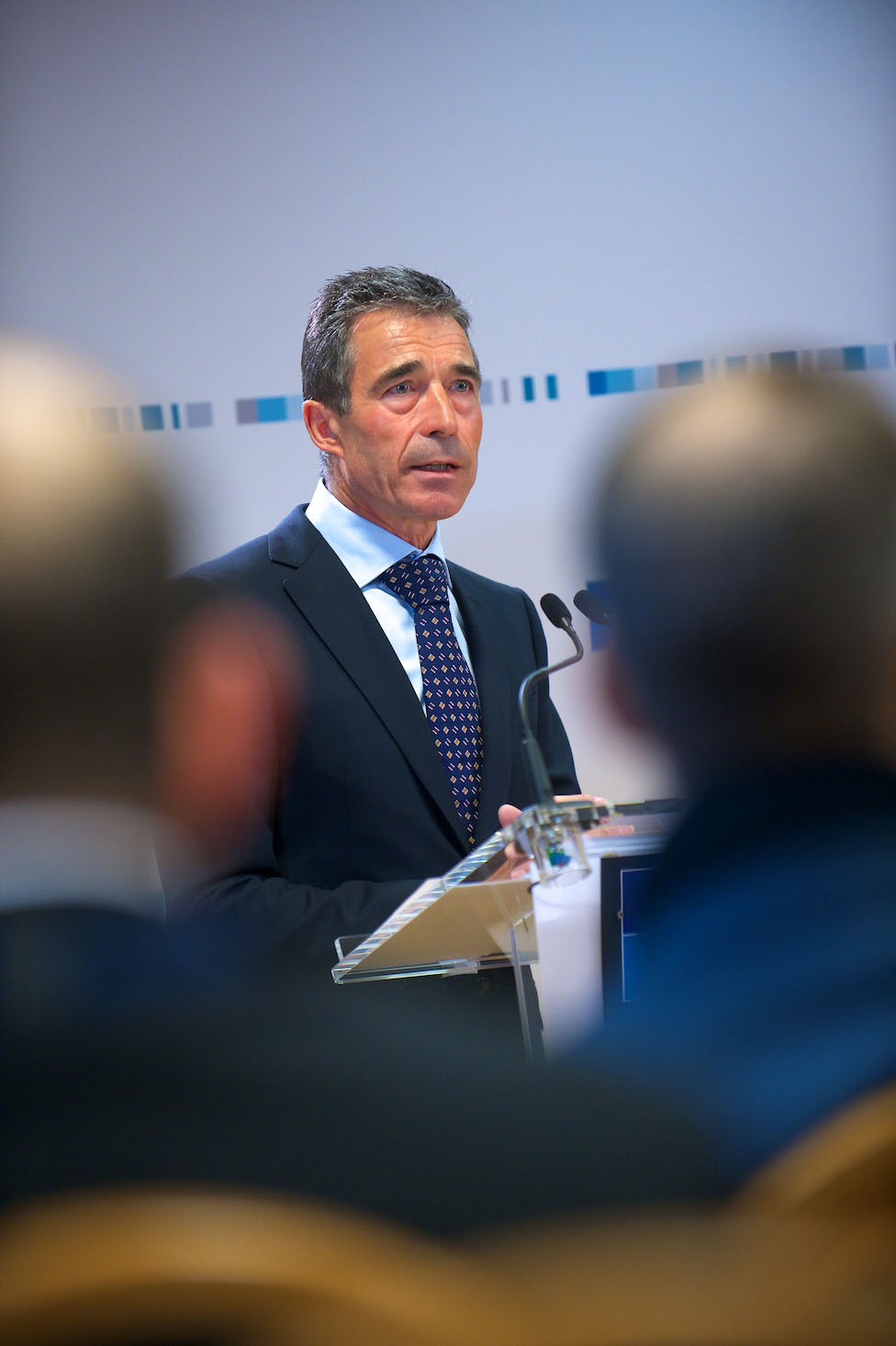“Despite the wars and battles fought, there is the mutual respect factor. There is a lot of respect and understanding on both sides. Of any Western country, Finland has the knowledge and diplomatic channels to calm nerves in the Kremlin over NATO.”
This characterization of Finno-Russian relations by German political analyst Tomas Haas serves as a good starting point for understanding the relationship between Helsinki and Moscow.
Finland has always had a pragmatic relationship with Russia. Sharing a 1,300-kilometre-long border – a border that is longer than that between Russia and all other EU member states combined – the two also have significant economic linkages. In fact, Finland’s volume of trade with Russia is the highest of any country in the EU. Finland’s rapprochement with NATO in recent years, including the hosting of the Baltops 16 drills in Helsinki, together with Russia’s aggressive military activity in the Baltic, has strained this relationship and evoked displeasure on both sides. Nevertheless, at a time when relations between Russia and the West are frigid, the Finno-Russian relationship is one of the few that still had a certain degree of cordiality.
This cordiality is seen in their efforts to maintain open diplomatic channels in an environment that is otherwise increasingly closed and distrustful. Behind-the-scene talks earlier this year culminated in the meeting of foreign ministers Timo Soini and Sergei Lavrov in Moscow on June 6, 2016, and then a state visit to Helsinki by President Putin to his Finnish counterpart, Sauli Niinistö, on July 1. On the agenda at both meetings were security issues in the Baltic Sea region, Russia’s concerns about Finnish NATO membership, and the conflict in Ukraine.
While both Niinistö and Timo Soini have repeatedly reminded Moscow that whether Finland joins NATO or not is its own affair, Russia has made it clear that such a decision would have consequences. In the same breath Putin says he would respect Finland’s decision to join NATO, and also promises “things would change” in the event of such a decision: “Imagine that Finland were to join NATO. That would mean Finland’s defense forces would no longer be independent, rather part of a NATO infrastructure extending up to Russia’s border,” Putin said at Niinistö’s residence in Naantali two weeks ago. These statements echo Minister Lavrov’s warnings that Russia is ready to invoke its “sovereign right to guarantee its security…I’m confident that our Finnish friends and neighbors also understand this position.”
Putin and Lavrov employ a careful mix of promises, falsehoods, and thinly veiled threats to simultaneously reassure and intimidate their Finnish ‘friends.’ Appealing to Finnish goodwill by bringing up that Russia has withdrawn all its armed troops to 1,500 kilometres away from the Finnish border, Putin warned that if Finland were to seek NATO membership, it would be naïve to think that Russian troops would remain where they are today. However, considering that Russian troops are in fact already as close as 60 km to the Finnish border, at military bases in Alakurtti, Petsamo, and Petrozavodsk, Putin’s statement amounts to little more than deceptive provocation.
At the meeting of presidents on July 1, the close encounters between Russian and Western military aircraft in the Baltic were also a topic of discussion. President Niinistö echoed the worries of his Estonian, Latvian and Lithuanian colleagues when he voiced his concerns about Russian planes flying in the region with transponders off, a danger for both military and commercial planes. Putin’s response was that Russian planes were not the only ones flying with transponders off.
The heightened tensions between NATO and Russia has inevitably meant a re-evaluation of Finland’s defense priorities. While there is still considerable resistance to NATO membership in Finland, the potential benefits that Finland may gain in terms of enhanced defensive capabilities, were it to join the Alliance, are under serious consideration. Ultimately, whether Finland joins NATO or not, what is clear is that it will act in tandem with Sweden, its closest ally in terms of defense cooperation. Both Nordic countries have recognized that if either were to go it alone with NATO, the other would be left in a strategically vulnerable position.
NATO has made it clear that both Finland and Sweden would be welcome additions to the 28-member defensive alliance. In addition to their intensified participation in NATO-led activities in the past few years, Swedish and Finnish heads of state were honoured with an invitation to the ‘inner circle’ at the Warsaw Summit on July 8 and 9, the first time they attended such a high-level NATO meeting. NATO Secretary General Jens Stoltenberg, stated, “it’s up to Finland and Sweden to decide whether they want more [than just] dinner.”
Photo: Russian President Vladimir Putin and Finnish President Sauli Niinistö, 2016. From kremlin.ru.
Disclaimer: Any views or opinions expressed in articles are solely those of the authors and do not necessarily represent the views of the NATO Association of Canada.




